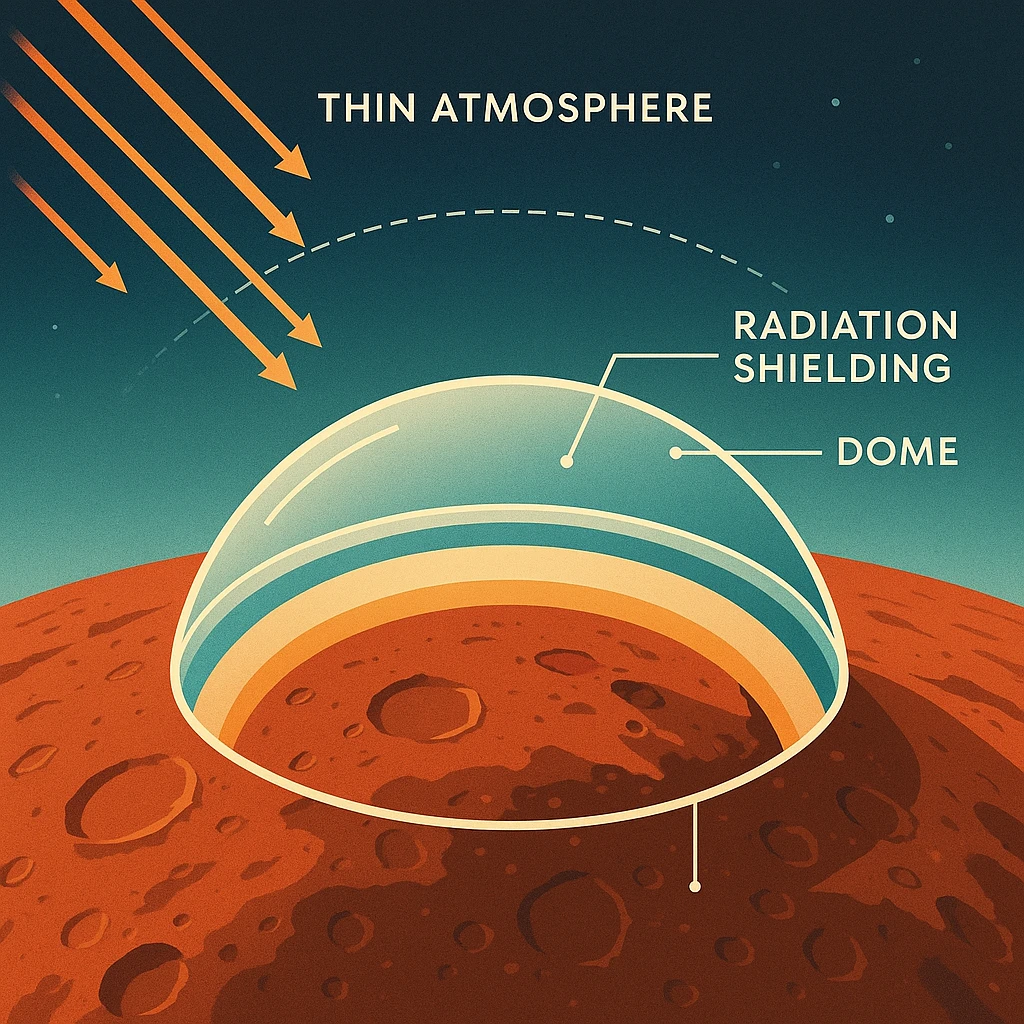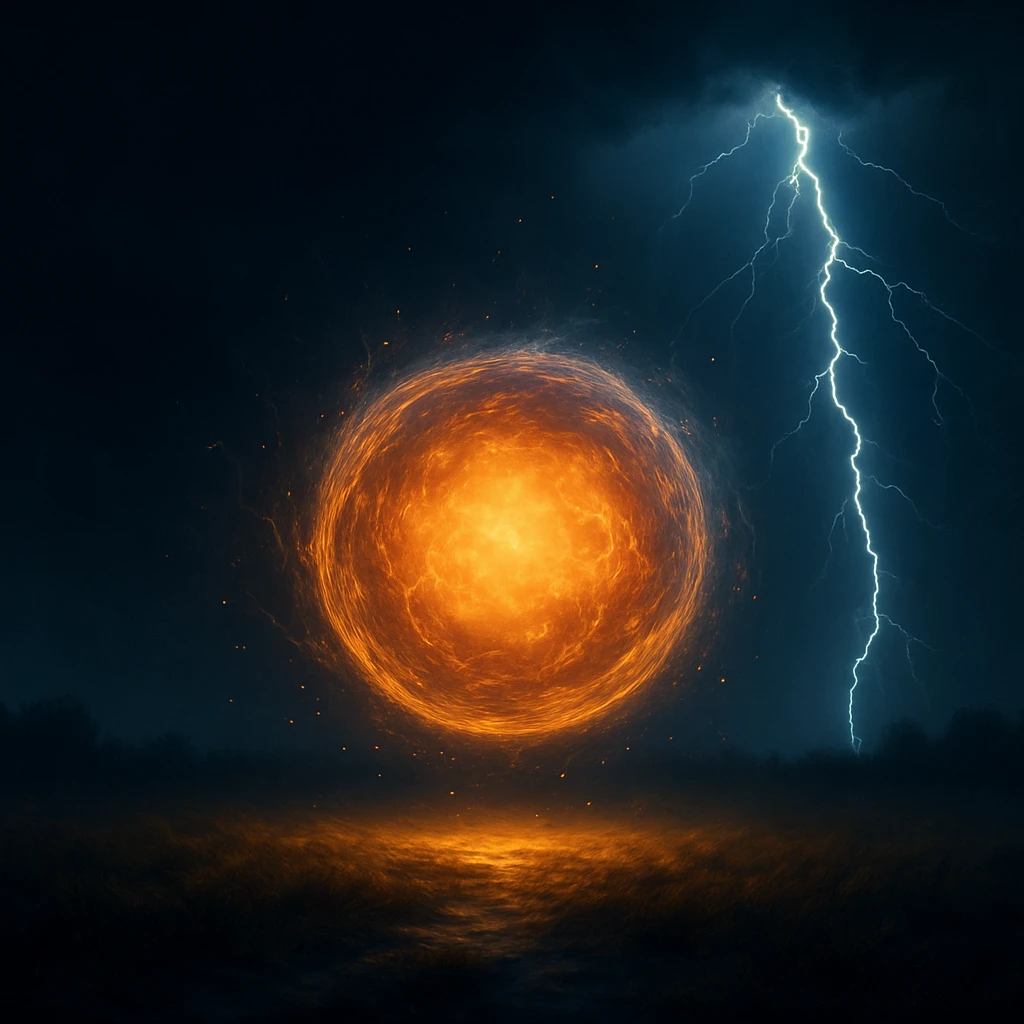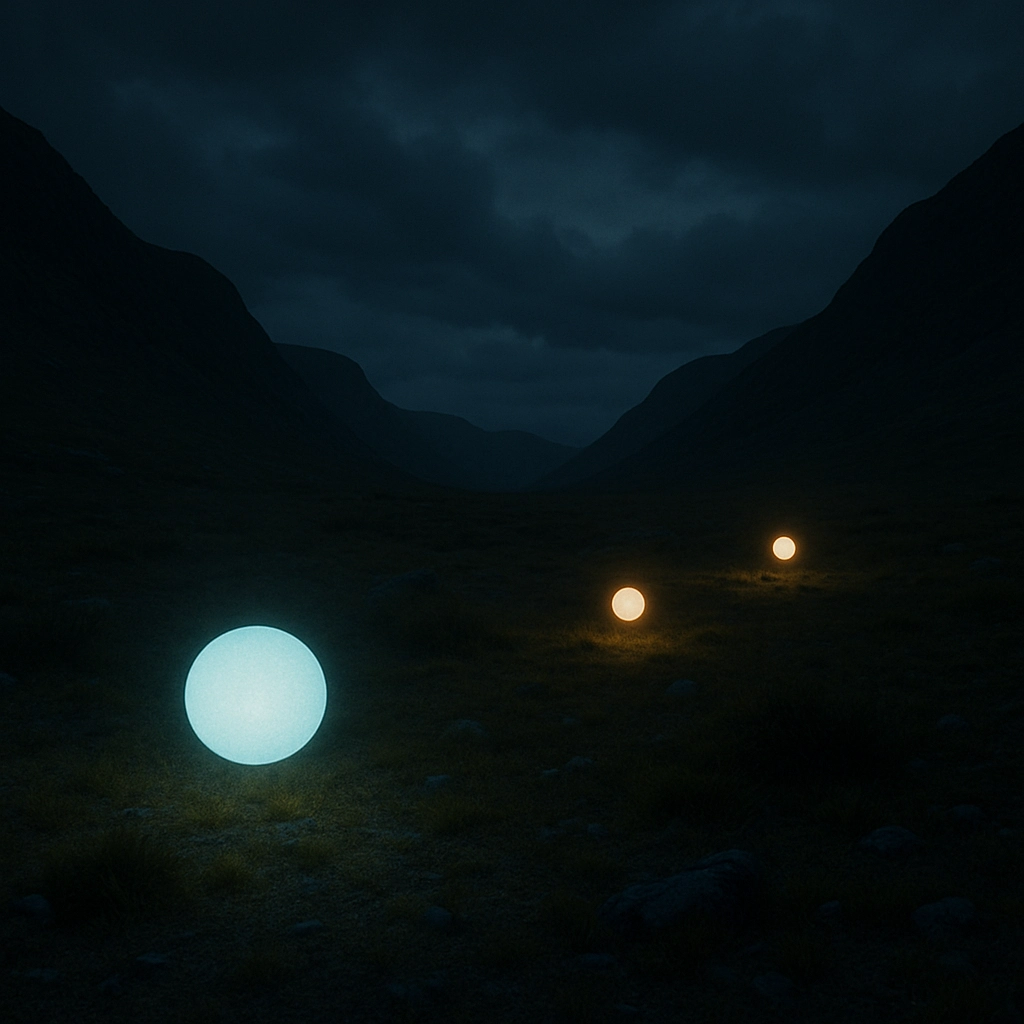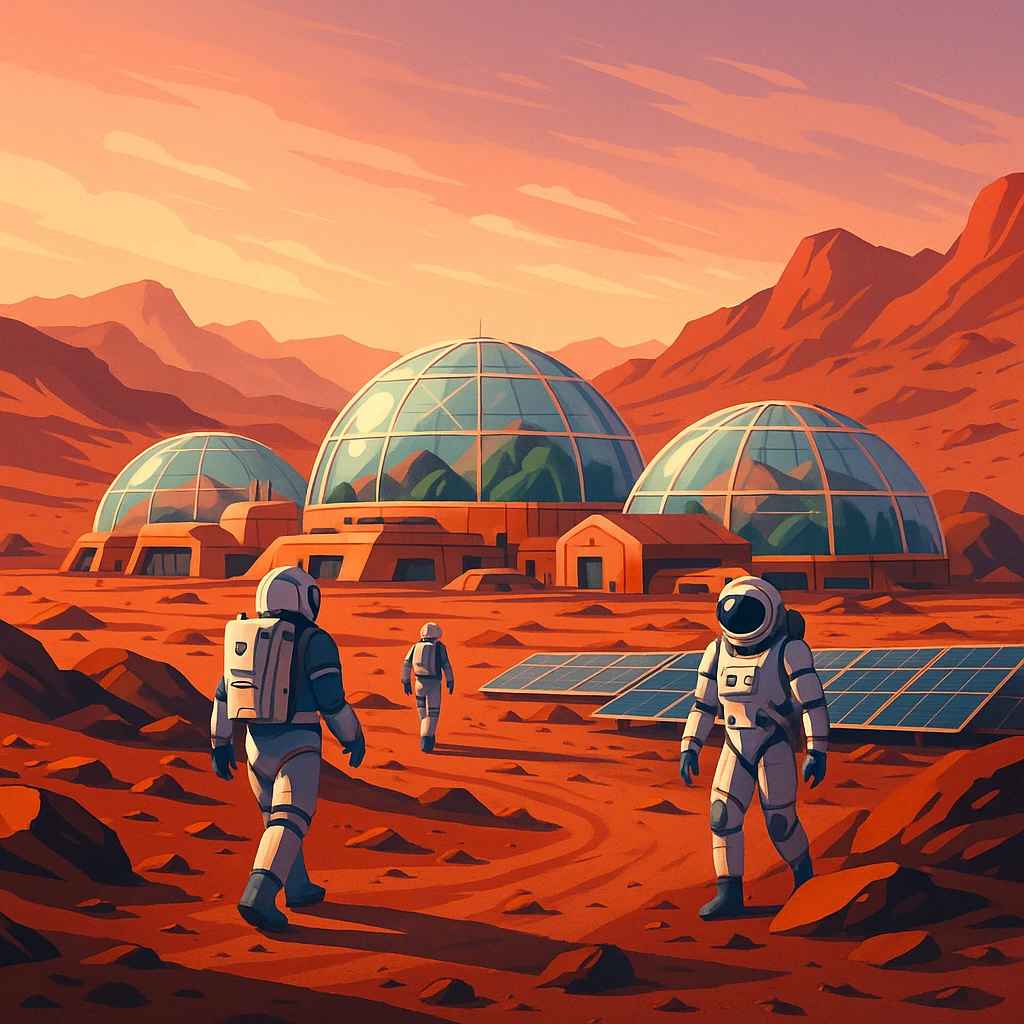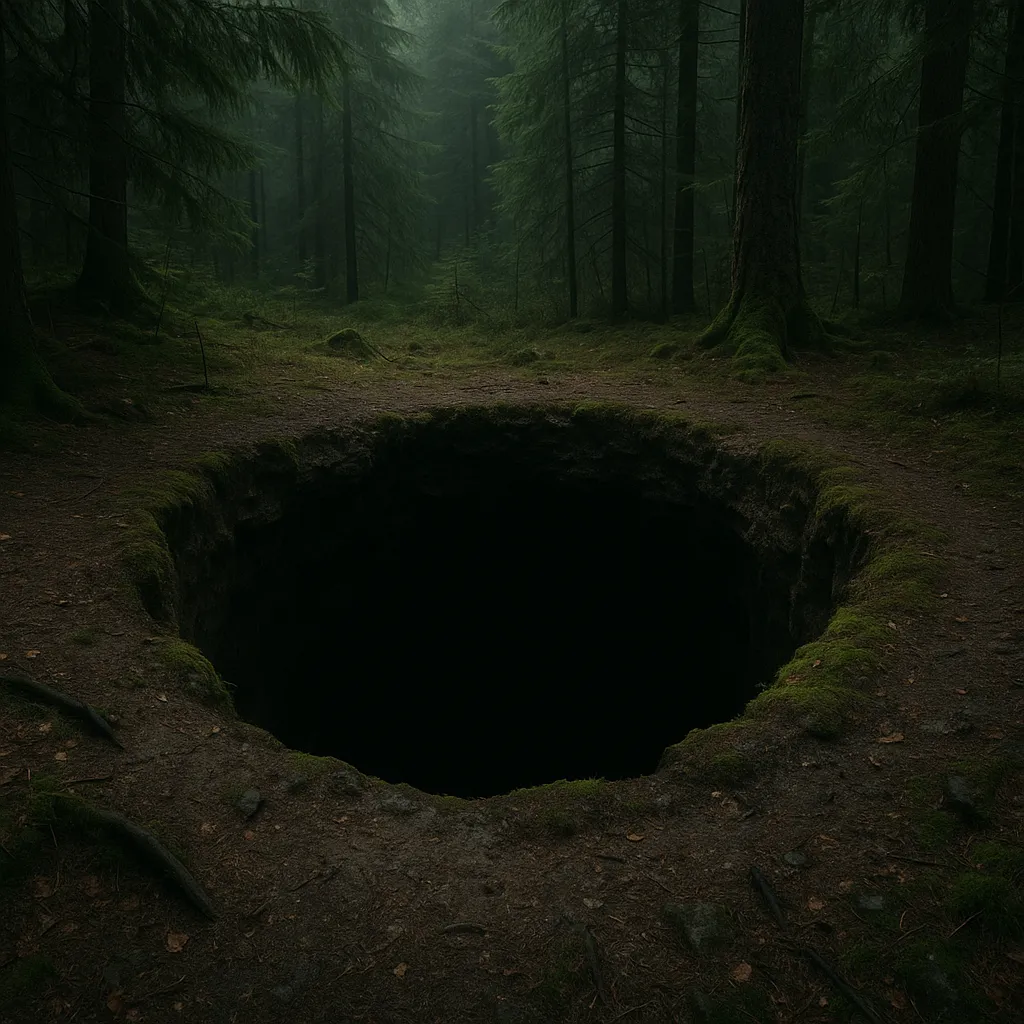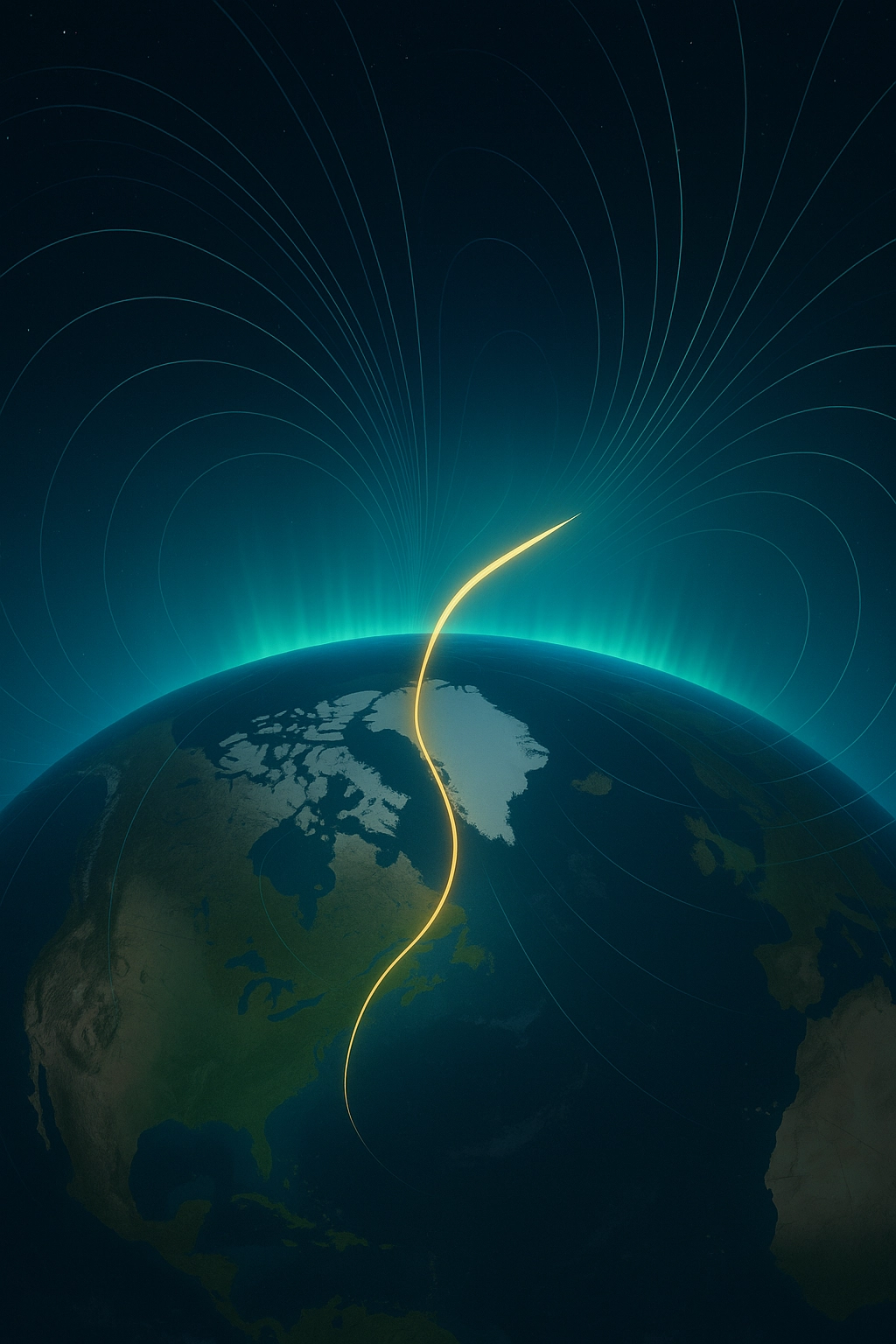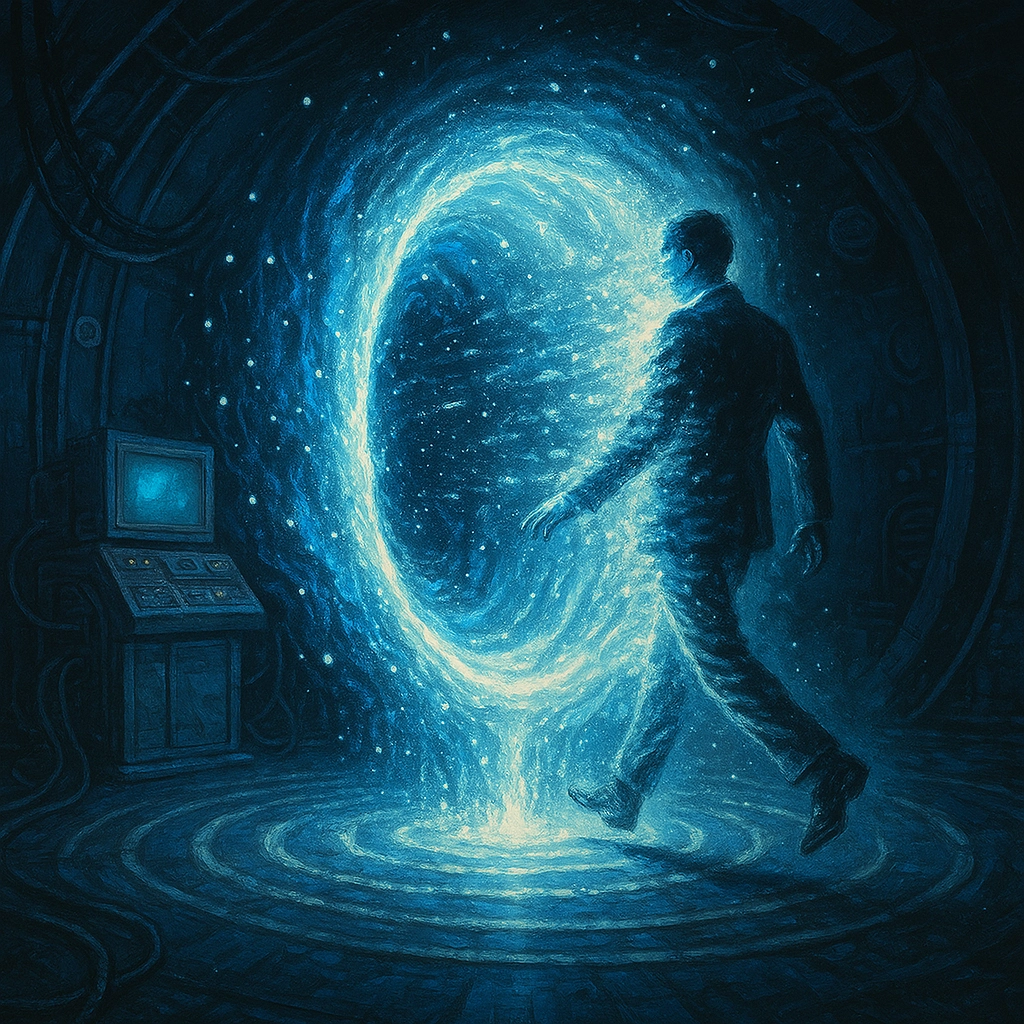Energy Facts - Solar, Wind, and More
Body Power
The human body generates about 100 watts at rest - and up to 2000 watts during intense physical activity. This energy powers muscles, organs, and even electrical signals in the brain.Electric Vehicles
Advantages
EVs are quieter, cleaner, and cheaper to maintain than traditional gas-powered cars. They have fewer moving parts, require no oil changes, and offer instant torque for fast acceleration. Owners can save significantly over time on fuel and upkeep.
Battery Technology
Modern EVs use lithium-ion batteries, offering ranges from 150 to over 400 miles per charge. New developments like solid-state batteries promise faster charging, greater safety, and longer life. Battery recycling and second-life applications are growing alongside production.
Charging Infrastructure
EV adoption depends heavily on charging access. Public networks are expanding rapidly, with fast chargers now found along major highways and in urban centers. Home charging stations allow overnight refueling, making daily driving seamless for most users.
Government Incentives
Many governments offer tax credits, rebates, or grants to lower the upfront cost of EVs. Some also provide perks like free parking, access to carpool lanes, or reduced tolls. These incentives play a major role in accelerating market growth.
Market Trends
Major automakers are shifting toward all-electric lineups, with several announcing plans to phase out internal combustion engines. EV sales are growing year over year, and new models are appearing across all price ranges - from compact cars to luxury SUVs and trucks.Energy Efficiency
Reducing waste is just as important as producing energy. LED lights use up to 90 percent less energy than incandescent bulbs. Smart thermostats, well-insulated homes, and ENERGY STAR appliances can dramatically lower utility bills and environmental impact.Energy Use Worldwide
The average American uses about 4000 kilowatt-hours of electricity per year. Globally, energy demand keeps rising, especially in developing nations where industrial growth and urbanization are accelerating.Environmental Impact
Energy production affects air, water, and climate. Fossil fuel combustion releases greenhouse gases and pollutants. Cleaner sources like wind, solar, and nuclear reduce long-term harm to ecosystems and public health.Food as Fuel
The calories we eat are a form of chemical energy. The human body converts food into thermal, mechanical, and electrical energy needed for heat, motion, and brain activity.Fossil Fuels
Oil, coal, and natural gas still supply over 75 percent of the world's energy. They are efficient but non-renewable, and their extraction and use contribute heavily to global warming.Future Energy
Artificial Photosynthesis
This technology aims to recreate the natural process plants use to turn sunlight, water, and carbon dioxide into energy. By developing synthetic leaves or catalysts, scientists hope to directly produce clean fuels or store solar energy in chemical bonds. It could one day provide carbon-neutral fuel from nothing more than sunlight and air.
Fusion Power
Fusion is often called the holy grail of energy. It mimics the Sun's process by merging hydrogen atoms to release massive amounts of clean power. Unlike fission, fusion produces no long-term radioactive waste and carries no risk of meltdown. Although still experimental, international projects like ITER aim to prove it can become a practical, commercial-scale energy source within decades.
Hydrogen Fuel
Hydrogen is the most abundant element in the universe, and when used as a fuel, it emits only water vapor. Fuel cells convert hydrogen into electricity without combustion. Green hydrogen, produced using renewable energy, offers a zero-emission alternative for industries that are hard to electrify, like steelmaking, shipping, and aviation.
Next-Gen Nuclear
Advances in reactor design may revive nuclear as a viable clean source. Small modular reactors (SMRs) are safer, cheaper to build, and can be deployed closer to where energy is needed. New fuel types and passive safety systems are addressing many of the concerns that have limited nuclear growth in the past.
Space-Based Solar
The idea of placing solar collectors in orbit could bypass weather and nighttime limitations on Earth. These satellites would collect sunlight continuously and beam the energy down via microwaves or lasers. Although still in early development, some space agencies and private companies are testing the concept.Historical Breakthroughs
From Faraday's discovery of electromagnetism to Einstein's E equals mc squared, key discoveries have transformed how we harness and understand energy across every industry.Hydropower
Advantages
Hydropower is reliable, consistent, and capable of large-scale output. Unlike solar or wind, it can provide continuous base-load energy and quickly respond to changes in demand. It is also one of the lowest-cost sources of electricity over the long term.
Dam Types
There are several kinds of hydroelectric dams. Impoundment dams store water in reservoirs and release it through turbines. Run-of-river systems divert a portion of a flowing river without significant storage. Pumped storage facilities move water between two reservoirs to balance supply and demand.
Environmental Concerns
While clean in terms of emissions, large dams can disrupt ecosystems, fish migration, and sediment flow. Modern projects now use fish ladders, sediment bypass systems, and environmental flow controls to reduce their impact on natural habitats and biodiversity.
Microhydro Systems
Small-scale hydropower, or microhydro, can provide local power to homes or villages near flowing water. These systems are low-cost, low-impact, and often used in off-grid or developing regions. They typically generate up to 100 kilowatts and can run 24 hours a day.
Global Use
Hydropower accounts for about 16 percent of global electricity production and over 60 percent of all renewable energy. Countries like China, Brazil, Canada, and the United States lead in capacity. Many developing nations are expanding hydro to meet growing energy needs.Nuclear Energy
Nuclear fission splits atoms like uranium to release huge amounts of energy. It produces no carbon emissions during operation but raises long-term questions about safety, waste, and costs.Renewable vs Non-Renewable
Renewable energy sources include sunlight, wind, water, and biomass. They replenish naturally. Non-renewables like oil and coal are finite and declining with each year of extraction.Solar Power
Applications
Solar energy is used for much more than just electricity. It powers homes, businesses, satellites, water heaters, traffic systems, and even portable devices. In agriculture, solar panels can power irrigation pumps or be installed over crops to reduce evaporation and provide dual land use.
Bifacial Panels
Bifacial solar panels capture sunlight from both the front and rear sides, increasing total energy output. These are especially effective in areas with reflective surfaces like snow, sand, or white rooftops. They offer improved efficiency without requiring extra roof space.
Cost and Accessibility
The cost of solar power has dropped by over 80 percent in the last decade. Once considered a luxury, it is now competitive with or cheaper than fossil fuels in many regions. Government rebates, leasing options, and community solar programs have made it more accessible to homeowners and small businesses.
Net Metering
Many regions allow solar users to feed excess energy back into the grid, earning credits on their electricity bill. This system, known as net metering, helps balance energy loads and can significantly reduce long-term costs for solar customers.
Storage Integration
Pairing solar panels with home batteries allows users to store excess energy for nighttime or emergency use. This reduces reliance on the grid and enhances energy independence. Modern storage solutions like lithium-iron or solid-state batteries are becoming more affordable and safer.Stored Energy
Energy storage is the key to renewable power. Modern batteries allow solar and wind to be used after sunset or during calm weather. Lithium-ion is dominant, but safer alternatives like iron-air and solid-state tech are on the horizon.What Is Energy
Energy is the capacity to do work - from moving objects to powering homes. It exists in many forms: thermal, mechanical, electrical, chemical, nuclear, and more.Wind Energy
Advantages
Wind power is clean, renewable, and widely available. It produces no emissions during operation and uses virtually no water. It can be deployed at various scales, from small residential turbines to massive wind farms, offering flexibility and scalability.
Blade Design
Modern wind turbine blades are engineered for maximum aerodynamic efficiency. Typically over 250 feet long, they are made from lightweight composite materials and shaped to capture energy from even low-speed winds. Blade pitch and rotation speed are controlled dynamically for optimal output.
Grid Integration
Wind power is variable, so integrating it into electrical grids requires careful planning. Smart grids, battery storage, and complementary sources like solar or hydro help balance supply and demand. Many countries now have real-time systems that adapt to wind fluctuations automatically.
Offshore Expansion
Offshore wind farms are growing rapidly due to stronger, more consistent wind conditions over water. Floating turbine platforms now make it possible to harness wind in deeper seas, expanding the reach of this energy source well beyond coastlines.
Turbine Scale
The latest wind turbines can generate over 14 megawatts each and stand taller than skyscrapers. Larger turbines reduce the cost per unit of electricity and allow fewer installations to produce the same amount of power, improving land and maintenance efficiency.







